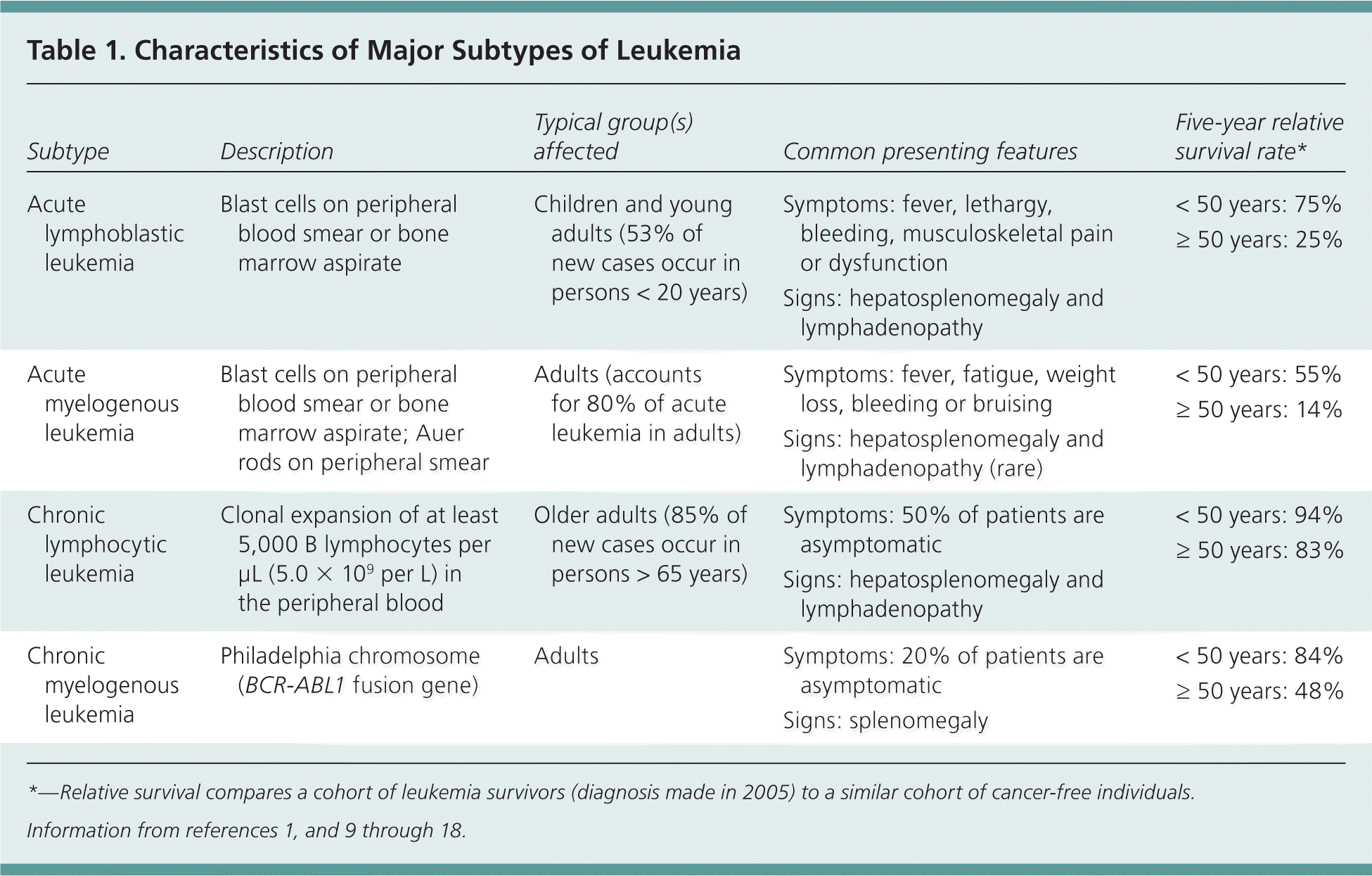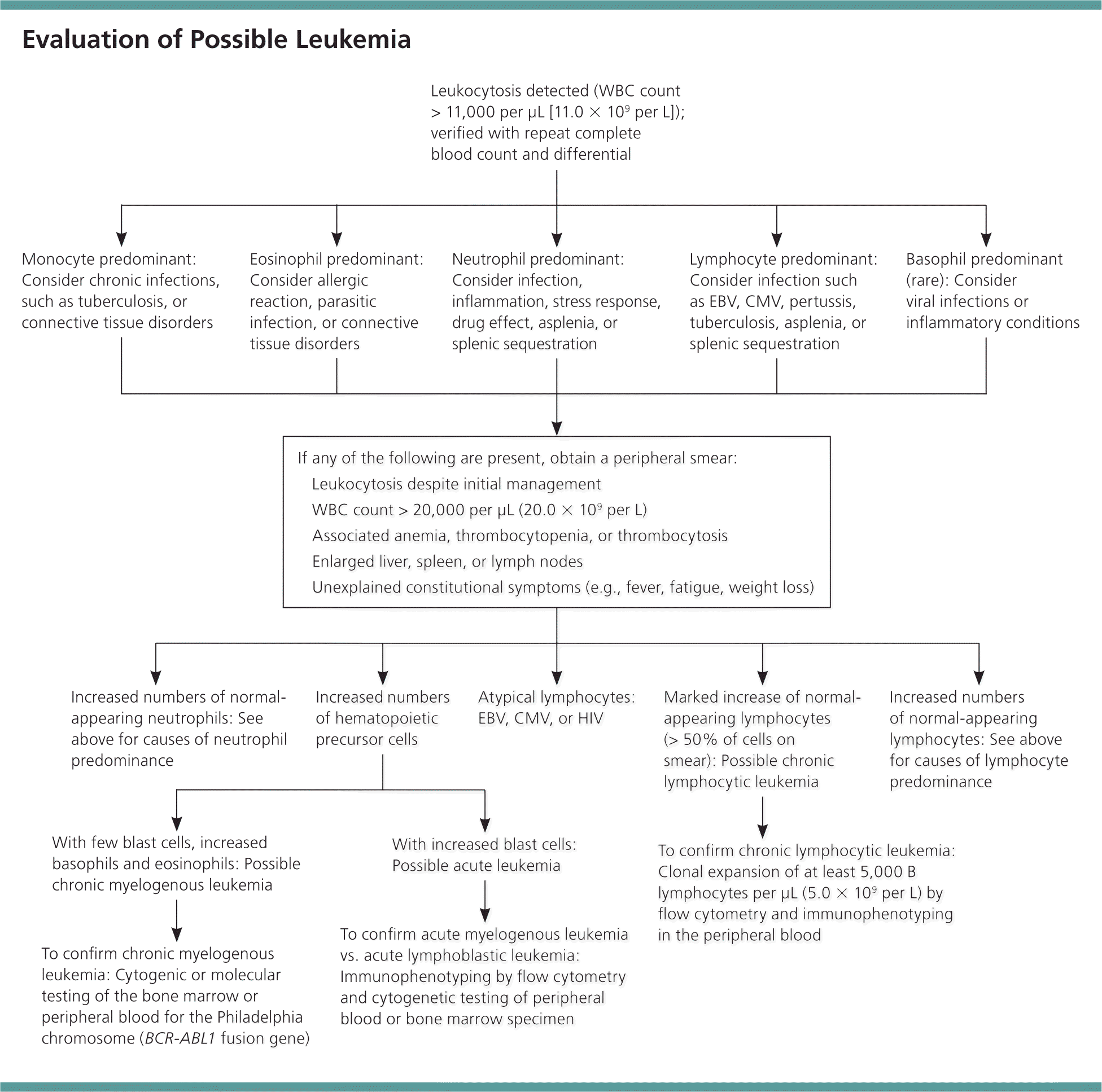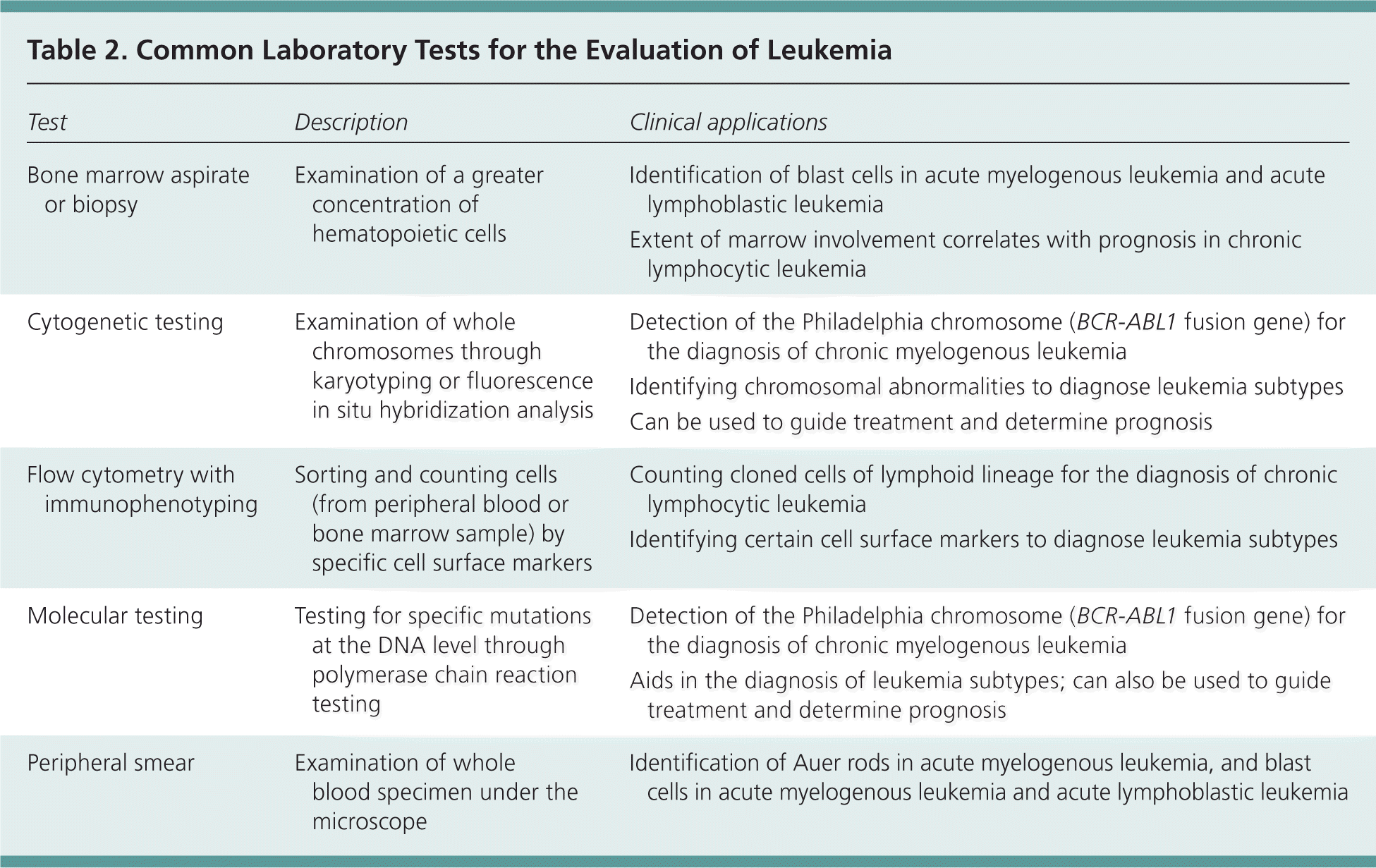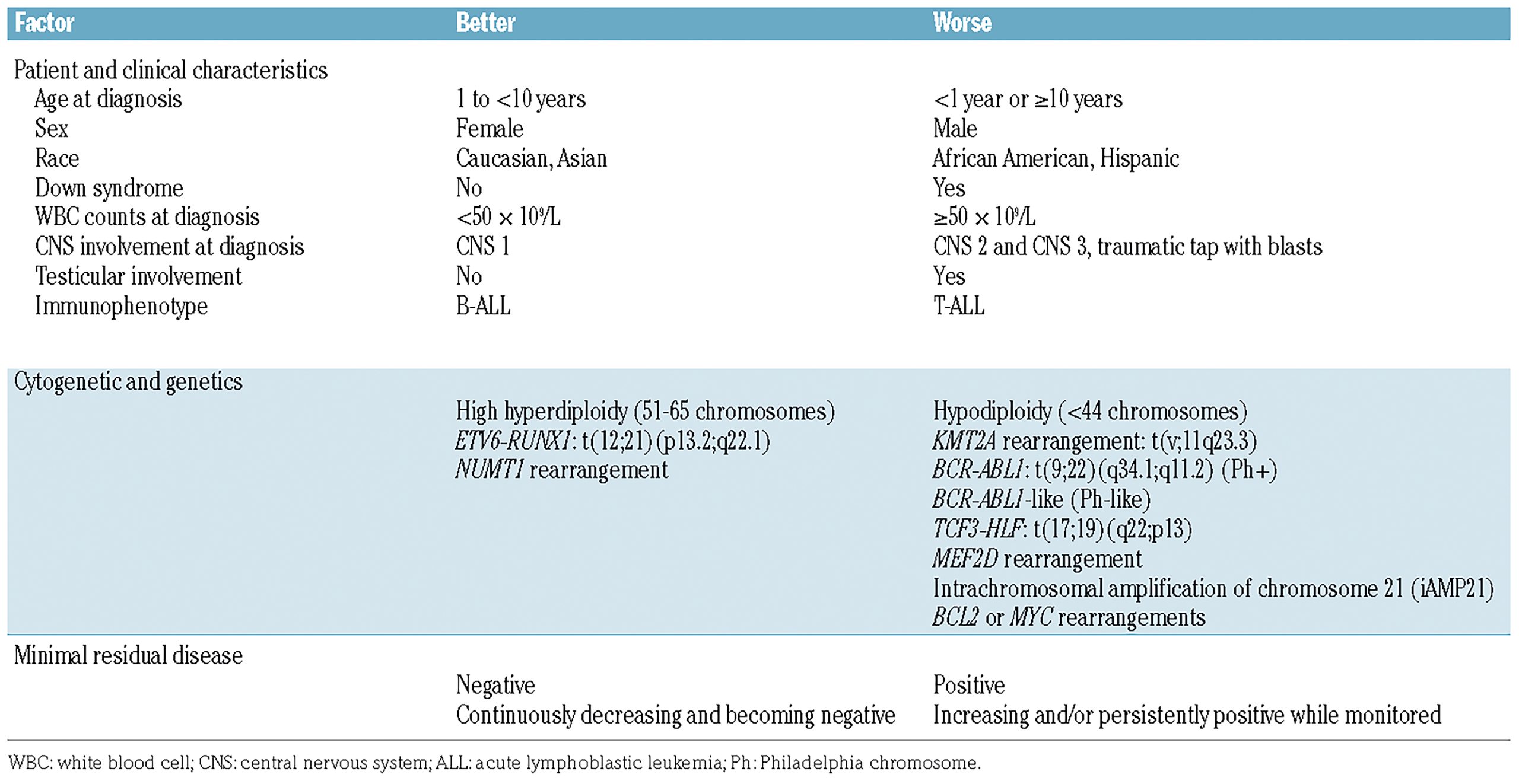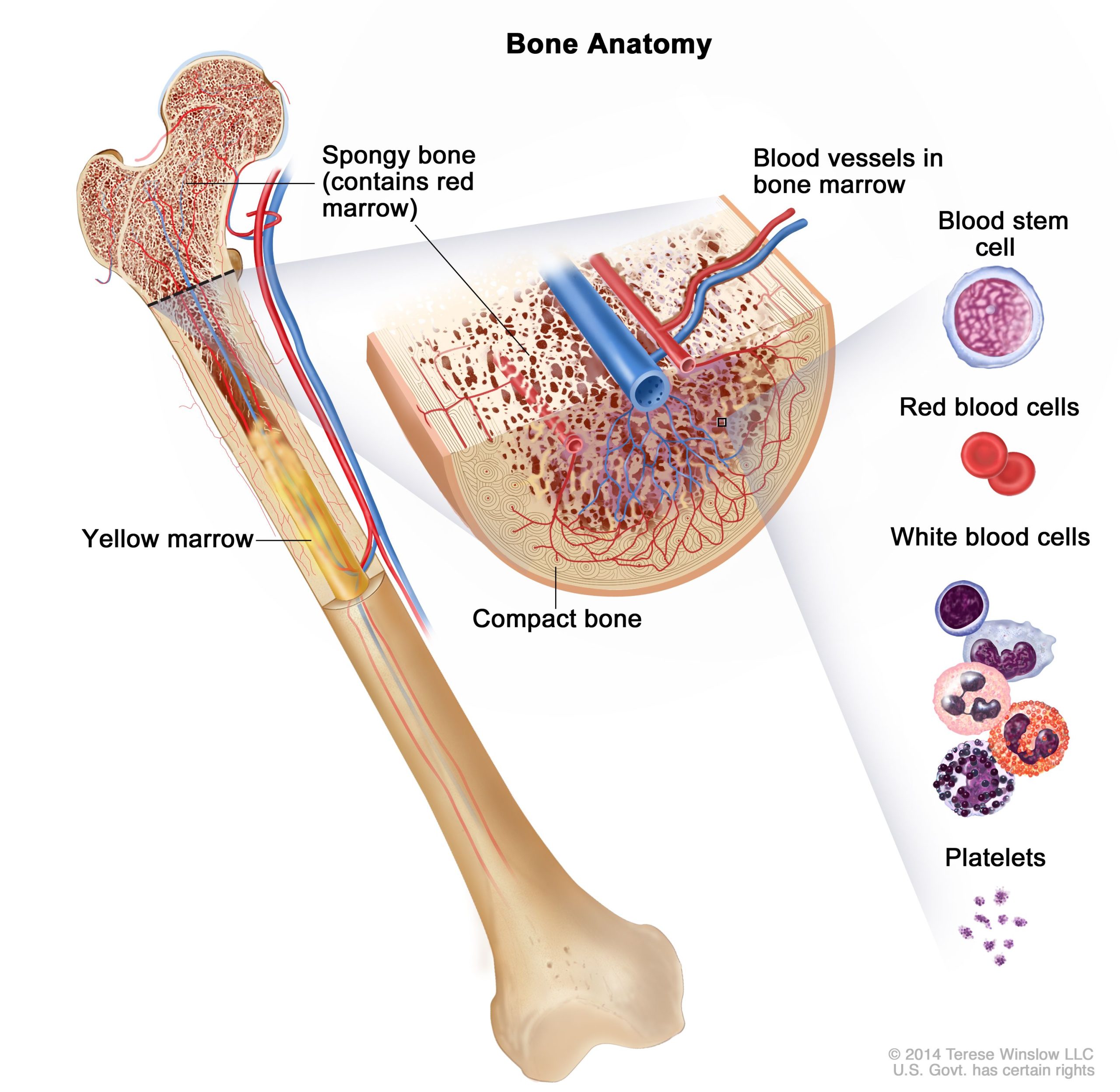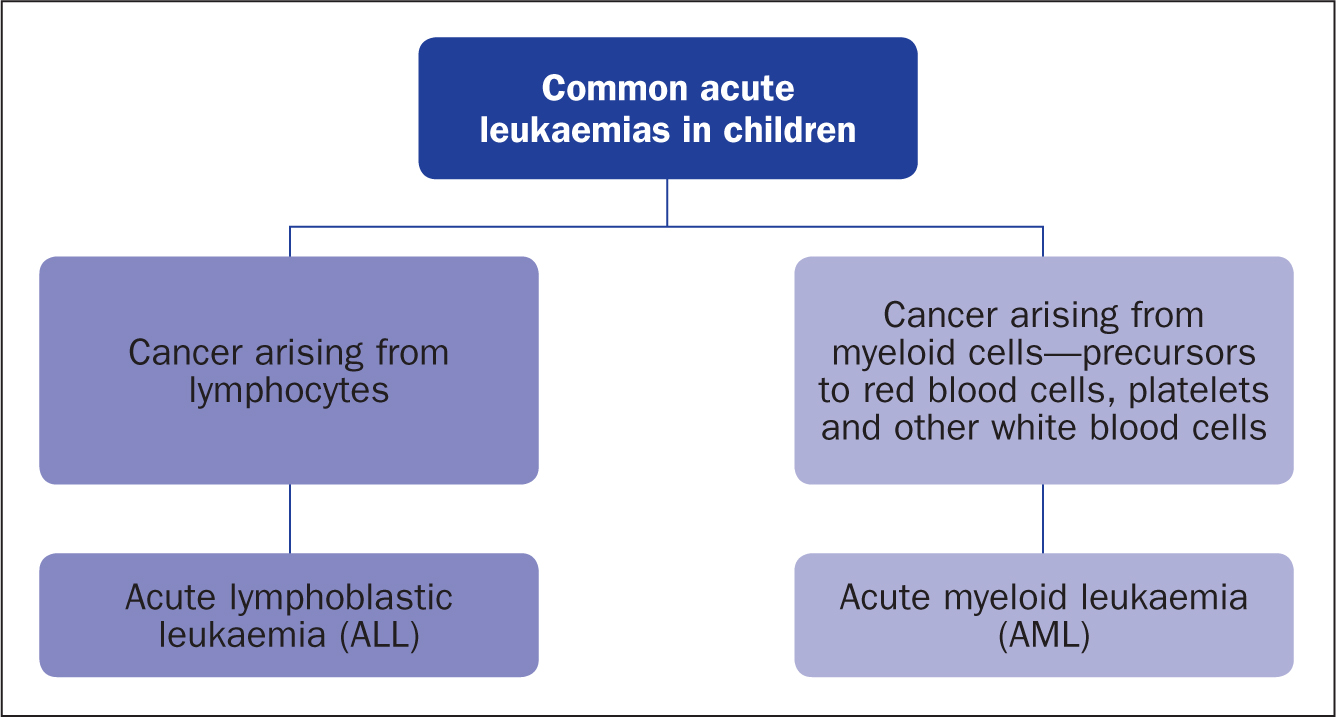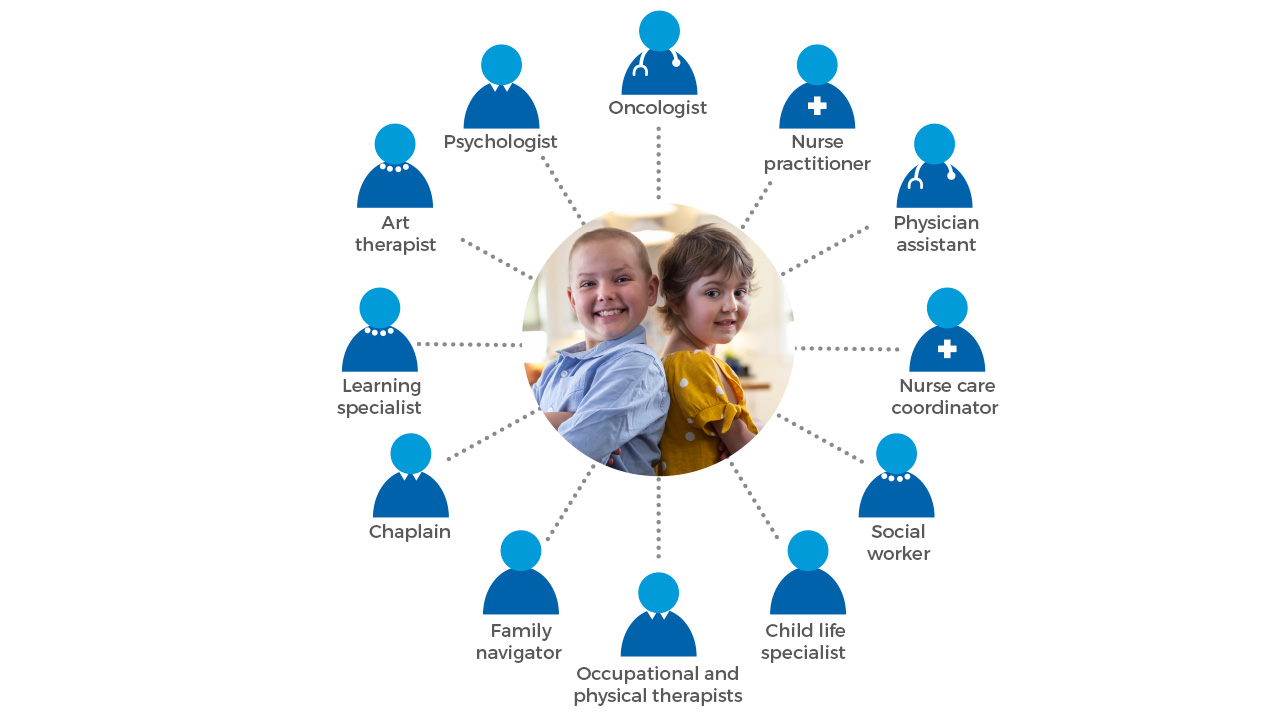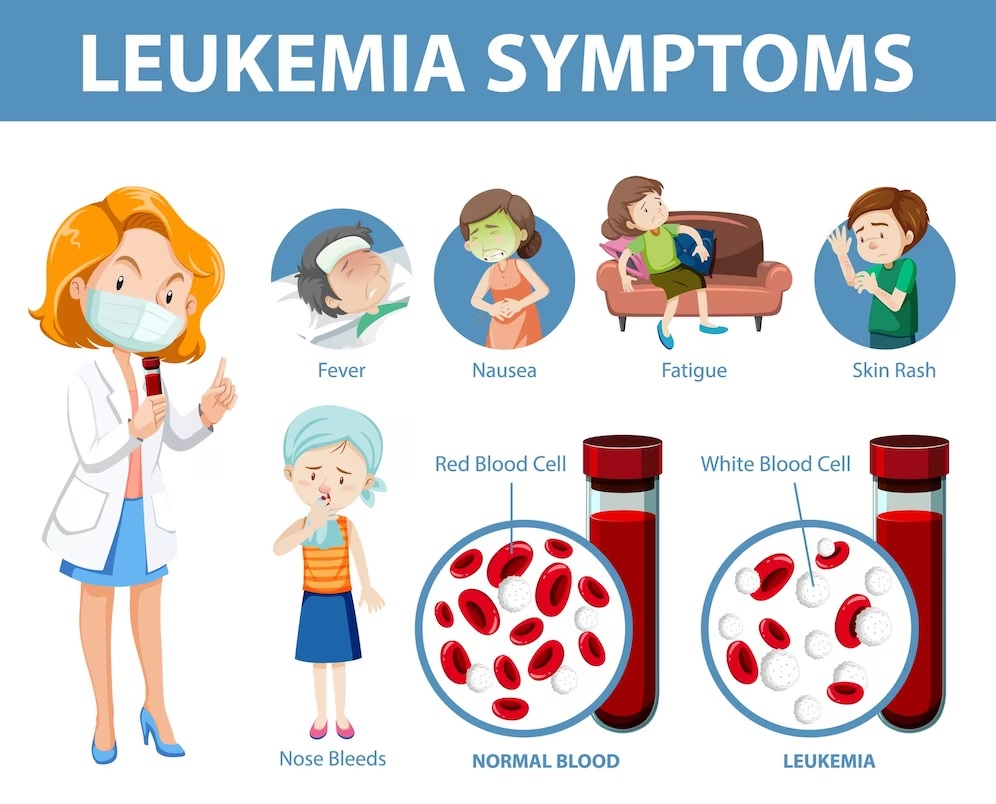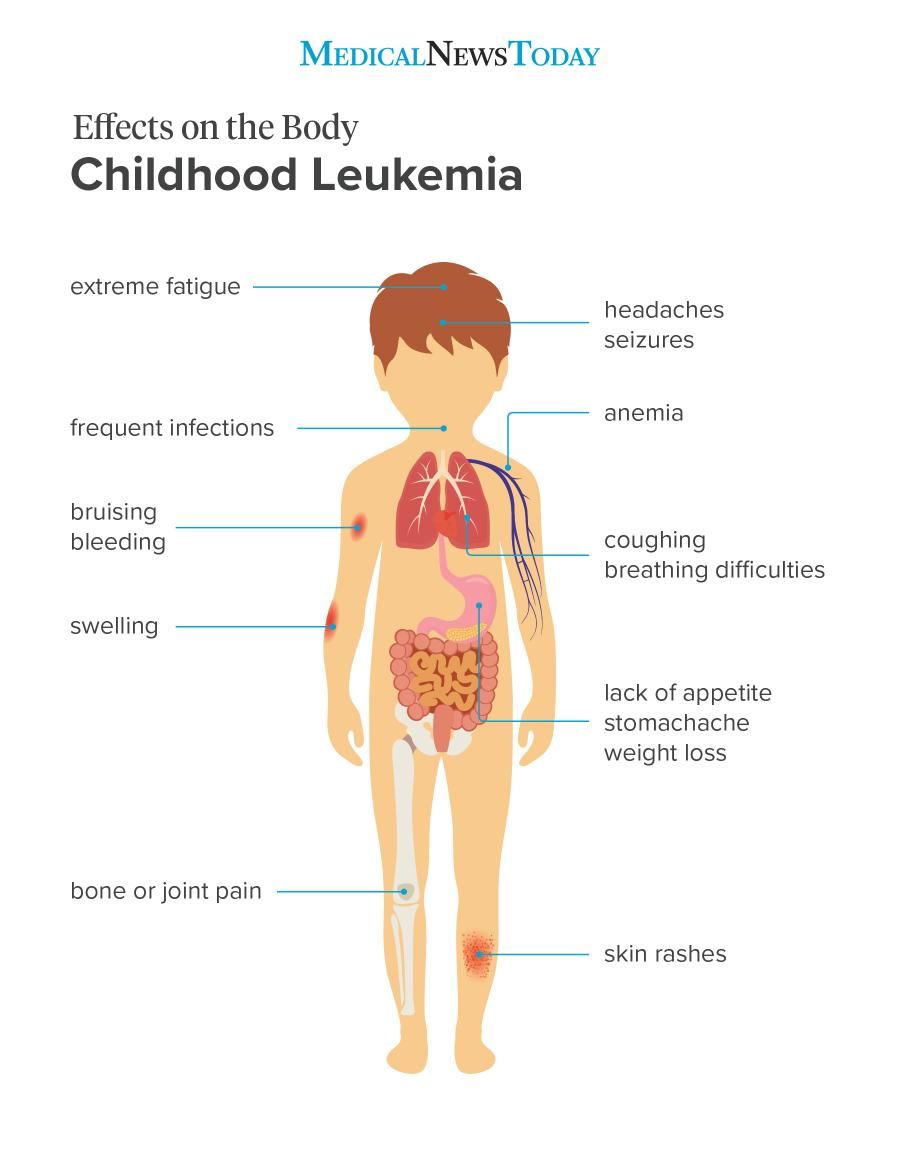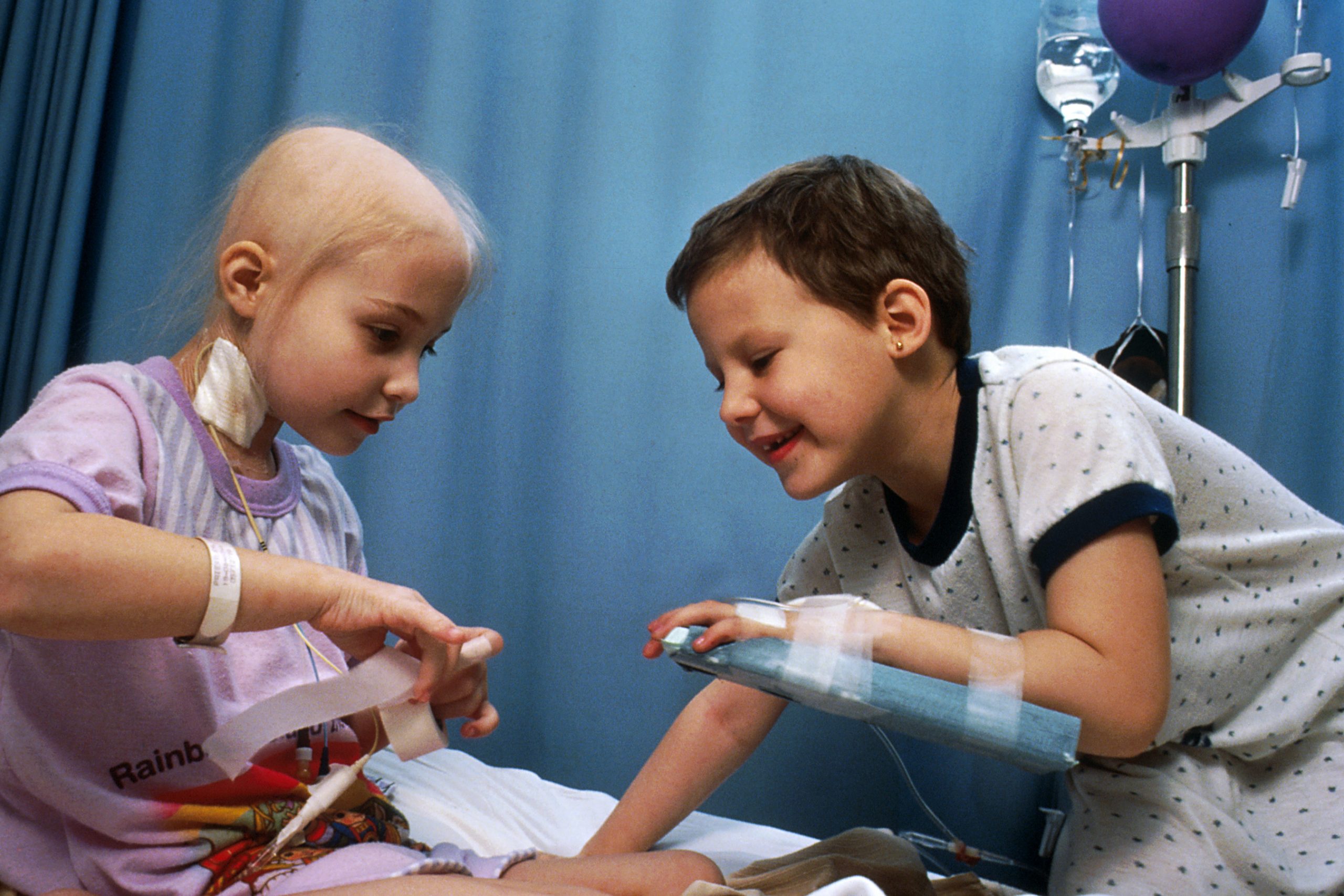
Key facts
- Leukaemia is a type of cancer that affects the blood.
- There are many types of leukaemia.
- Most childhood leukaemias are acute — they appear fast and grow quickly.
- If you are worried that your child has symptoms of leukaemia, talk to your child’s doctor.
What is leukaemia?
Leukaemia is a type of cancer that affects the blood. It starts in the bone marrow, where blood cells are made, and spreads to the bloodstream.
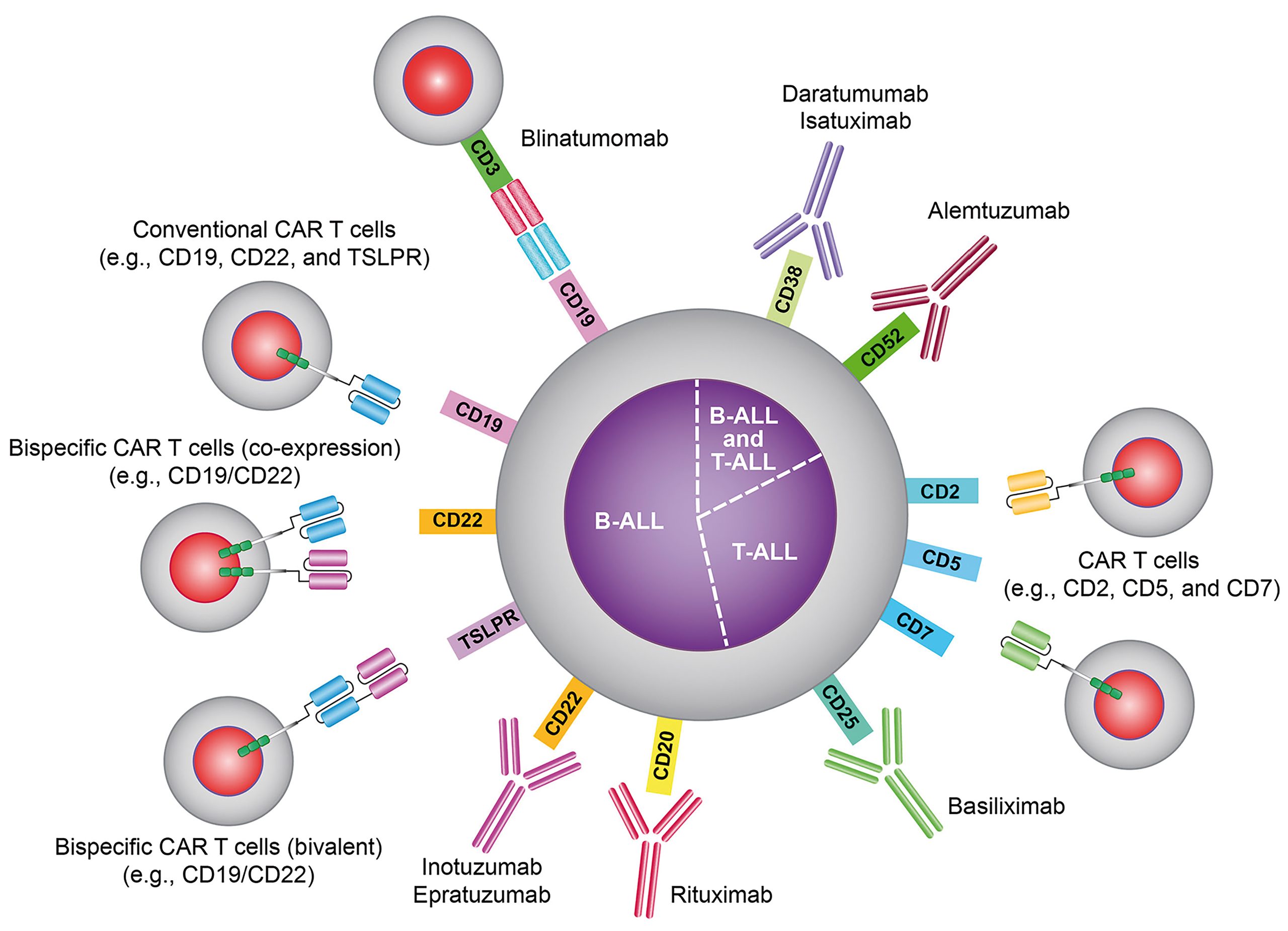
Leukaemia happens when the bone marrow makes too many white blood cells (lymphocytes). Lymphocytes are a part of the immune system and help to fight infection.
Types of leukaemia
There are many types of leukaemia. They ‘re named after:
- how fast the cancer cells grow
- the types of cells involved
They may be:
- acute — appearing fast and growing quickly
- chronic — appearing gradually and growing slowly
Most childhood leukaemias are acute.
There are several types of leukaemia seen in children, including the following:
- Acute lymphoblastic leukaemia (ALL), also called acute lymphocytic leukaemia — this is the most common type of leukaemia in children.
- Acute myeloid leukaemia (AML), also called acute myeloblastic leukaemia.
- Chronic lymphocytic leukaemia (CLL) — this is rare in children but common in adults.
- Chronic myeloid leukaemia (CML) — which is very rare in children but more common in teenagers.
About 8 out of 10 children with leukaemia have acute lymphoblastic leukaemia. These children are often between 2 and 4 years of age.
What are the symptoms of childhood leukaemia?
Signs of leukaemia may include:
- fever and night sweats
- unexplained bruising and bleeding — small red spots under the skin
- lumps in the neck, underarms, stomach or groin, or around the eyes
- pale skin
- dry skin rash
Other symptoms of leukaemia are:
- pain in the bones or joints, or under the ribs
- tiredness or weakness
- loss of appetite
- feeling of fullness or swelling in the abdomen (tummy)
The symptoms of leukaemia are like that of other common conditions. If you notice any of these symptoms, it doesn’t mean that your child has leukaemia. But it’s a good idea to see your doctor.
What causes childhood leukaemia?
The exact causes of leukaemia in children are not known, but it’s likely that several factors are involved.
Factors that may put some children at higher risk of leukaemia are:
- family history of leukaemia
- genetic conditions — certain conditions can increase a child’s risk of developing leukaemia, such as Down syndrome
- exposure to radiation — children x-rayed before they were born and those who have previously had radiation therapy to treat cancer
- previous chemotherapy
No one is to blame if a child develops cancer. It’s not because of something they, or their parents, did.
When should I see my doctor?
If you are worried that your child has symptoms of leukaemia, talk to your child’s doctor. The earlier cancer is found, the better.
How is childhood leukaemia diagnosed?
Many symptoms of childhood leukaemia can be caused by other illnesses. To make a definite diagnosis of leukaemia, several tests need to be done.
Your doctor will most likely give your child a physical examination and take a sample of their blood. This will be examined under a microscope.
More tests will be done if the blood test shows:
- large numbers of abnormal white blood cells
- low numbers of healthy blood cells
There are several other tests that can be done to confirm the diagnosis of leukaemia, such as:
- bone marrow biopsy
- lumbar puncture (spinal tap)
A bone marrow biopsy uses a syringe to take a sample of bone marrow, usually from the hip bone, for examination under a microscope and genetic testing.
During a lumbar puncture a needle is put into the space between the bones of the lower back. Fluid from around the spinal cord is removed for examination under a microscope.
Staging and further tests
The ‘stage’ of leukaemia describes how far the cancer has spread. Medical imaging tests can help with staging. These can include:
- chest x-ray
- ultrasound
- CT scan
- MRI scan
- PET scan
How is childhood leukaemia treated?
The treatment for leukaemia depends on:
- the age of your child
- whether the cancer has spread to their spinal fluid
The main treatment given to children with leukaemia are:
- chemotherapy
- radiotherapy
- targeted therapy
- stem cell transplant
Other treatments your child may get are:
- antibiotics to prevent infections
- blood products to restore their blood
Children with leukaemia usually need treatment for 2 to 3 years, as well as ongoing regular check-ups.
What are the side effects of treatment?
Many cancer drugs have unwanted effects (side effects). This is because they damage normal cells as well as killing the cancer cells.
The side effects can vary between children even if they receive the same treatment.
Treatments for leukaemia in children can cause a range of short-term side effects, such as:
- hair loss
- bruising and bleeding
- infections
- nausea (feeling sick) and vomiting
- tiredness
Longer-term effects, called ‘late effects’, can develop any time after treatment. These depend on the type and amount of medicine your child receives. Ongoing check-ups are needed to check for these.
Living with childhood leukaemia
It’s important that children with leukaemia live as normal a life as possible. Whenever they feel well enough, they should be encouraged to do their usual activities. This includes going to school or day care. This can provide a sense of normalcy and hope for the future.
Can childhood leukaemia be prevented?
No — because the causes of childhood leukaemia aren’t fully understood, it’s not possible to prevent the disease.
Complications of childhood leukaemia
You may be worried about how treatment will affect your child’s fertility (ability to have their own children). You doctor will discuss this with you before treatment starts.
